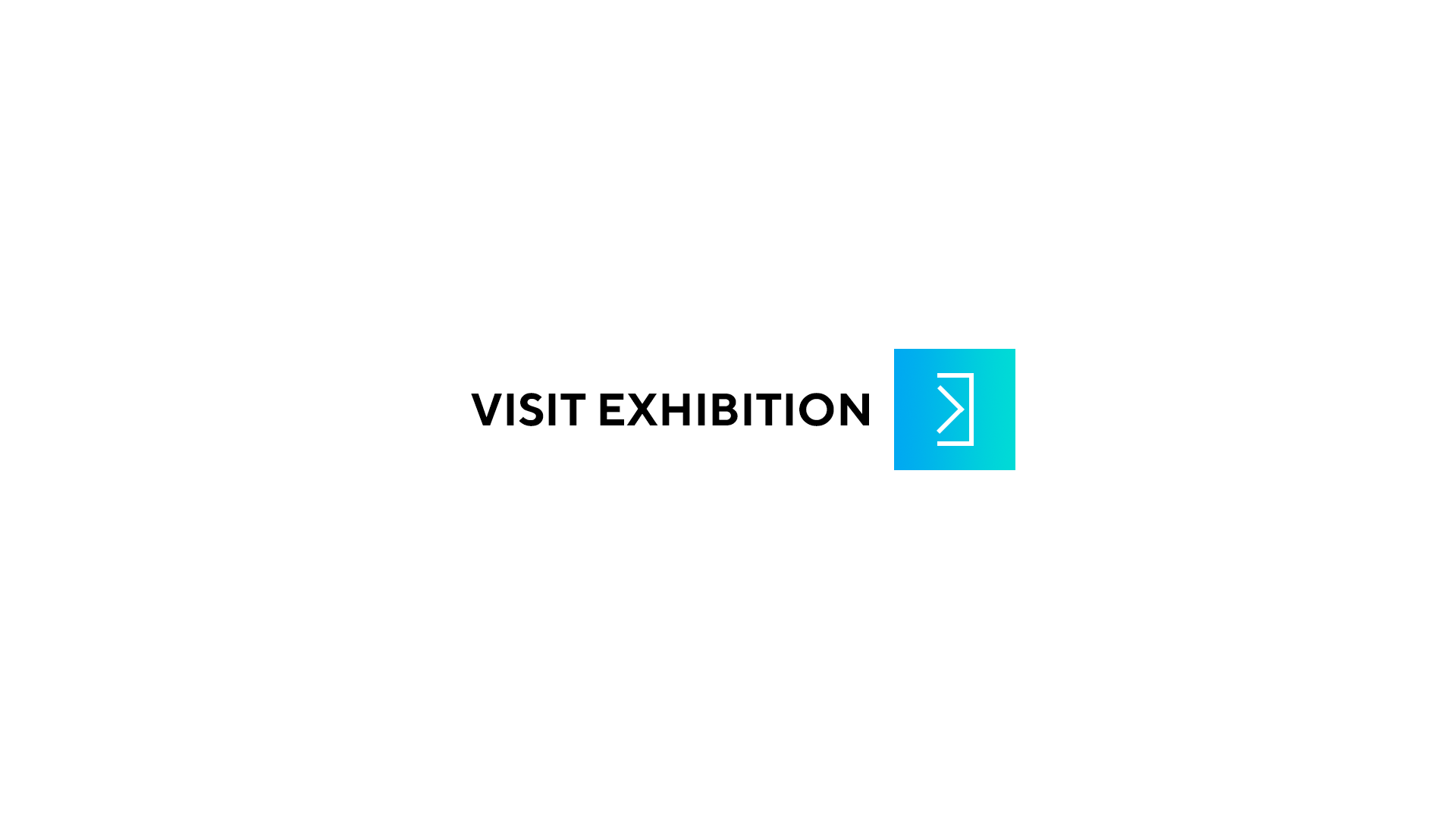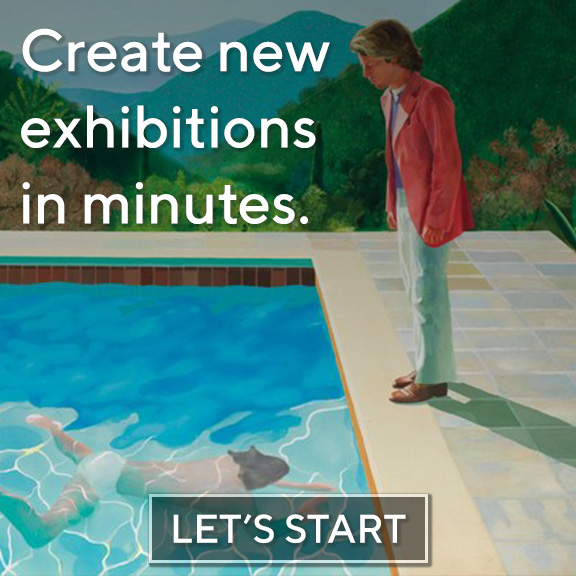

The Pace Gallery is honored to present Rothko: Dark Palette, an exhibition tracing the history of Mark Rothko’s use of dark colors in his sectional paintings. It will be on view at 510 West 25th Street from November 4, 2016 through January 7, 2017.
The exhibition reveals the development of Rothko’s expressive use of color from 1955 through the 1960s. Presented in association with the Rothko family, Dark P... more >>
The Pace Gallery is honored to present Rothko: Dark Palette, an exhibition tracing the history of Mark Rothko’s use of dark colors in his sectional paintings. It will be on view at 510 West 25th Street from November 4, 2016 through January 7, 2017.
The exhibition reveals the development of Rothko’s expressive use of color from 1955 through the 1960s. Presented in association with the Rothko family, Dark Palette will feature loans from museum collections including the Albright-Knox Art Gallery, Buffalo; The Museum of Modern Art, New York; The National Gallery of Art, Washington, D.C.; and Virginia Museum of Fine Arts, Richmond, and will be accompanied by a hardcover book with writings by Mark Rothko, his son Christopher, and an introduction by Arne Glimcher.
In a landmark untitled painting from 1955, which has never been shown in the United States, Rothko begins his journey into the dark palette that will dominate his later years. Such milestones include the Seagram Murals and Rothko Chapel commissions. Dark Palette will include one of the paintings from the Seagram Mural series.
“On several occasions, Mark spoke of the importance of tragedy and tragic themes as stimuli for the creation of profound beauty. Rothko considered tragedy a theme worthy of art. He cited Greek theater and the way in which it dealt with the depth of human emotions and universal truths. Although the colors, composition, and levels of intensity change, heroic themes permeate his paintings,” Arne Glimcher recounts. The exhibition will reveal these variations through Rothko’s dark-value works, expressing this underlying theme. Throughout the artist’s career, the act of painting was a “positive, exultant experience for him. His life’s work was the expression of pure emotion and color was his medium.”
Mark Rothko (b. 1903, Dvinsk, Russia; d. 1970, New York) is widely considered one of the most important artists of the twentieth century. The enduring legacy of his artistic achievement has been recognized through numerous major surveys and retrospectives, most recently at The Museum of Fine Arts, Houston (2015). Other significant exhibitions have been organized by the National Gallery of Art, Washington, D.C. (1998), traveling to the Whitney Museum of American Art, New York, and the Musée d’Art Moderne de la Ville de Paris; the Kawamura Memorial Art Museum, Japan, traveling to three museums in Japan (1995); and Tate Gallery, London, traveling to Museum Ludwig, Cologne (1987). In 1979, the Solomon R. Guggenheim Museum, New York, presented 1930–1970: A Retrospective, which traveled to Museum of Fine Arts, Houston; Walker Art Center, Minneapolis; and Los Angeles County Museum of Art (1979). Paintings 1945–1960 was organized by The Museum of Modern Art, New York, in 1961, with additional venues in London, Amsterdam, Basel, Rome and Paris.
This is the tenth solo exhibition of Rothko’s work at the gallery. The artist’s work has been represented by Pace since 1978.










